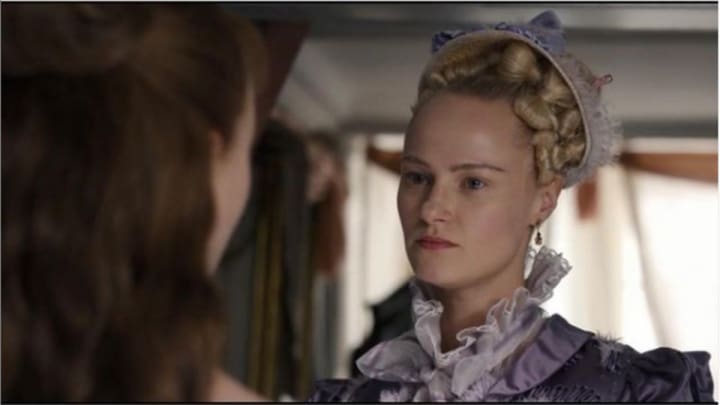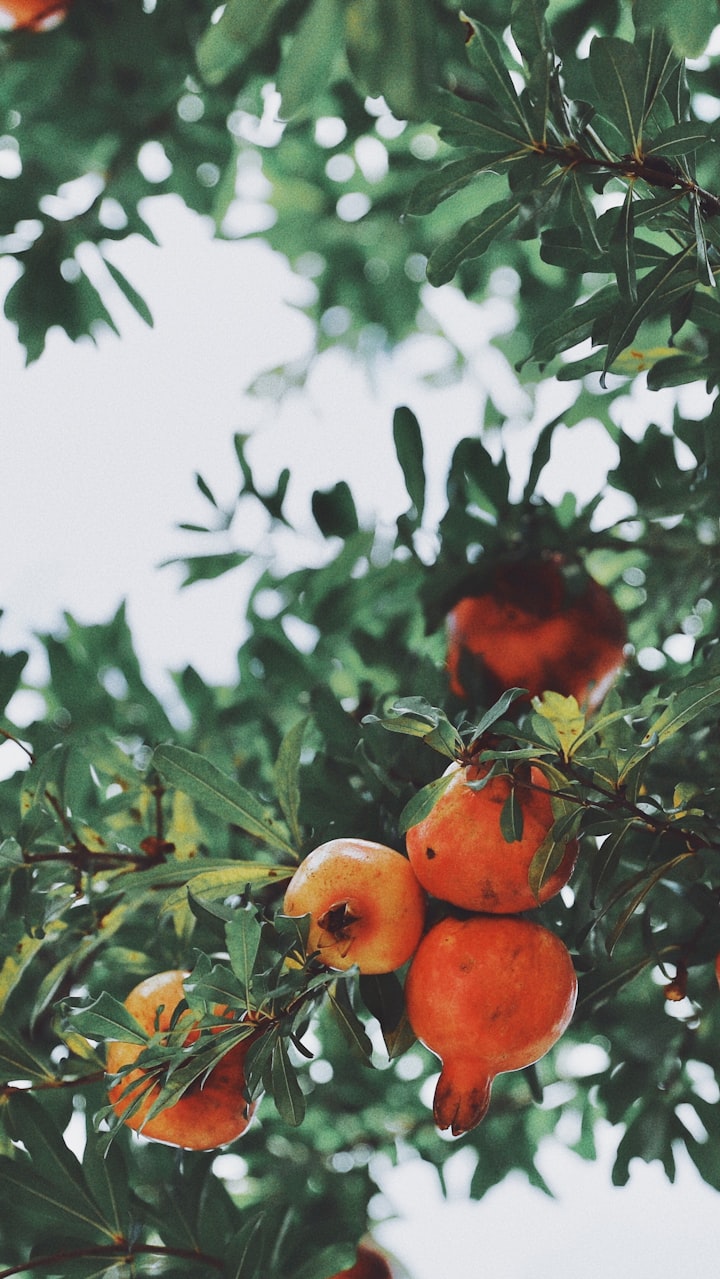Make Bridgerton Gay, Cowards!
LGBTQ+ People Existed in Regency-Era England, Okay??

It is a truth universally acknowledged that the incomparable Shonda Rhimes is a force to be reckoned with. A champion of diverse perspectives, whipsmart social commentary, engaging charcters, and immensely diverting storylines, this showrunner belongs to a tier of her own.
When Bridgerton, Rhimes' first scripted show for Netflix dropped in 2020, the enthusiastic reception was immediate. After all, what's not to love about an oppulent and devestatingly romantic period drama? Especially one that employs color-conscious casting in the attempt to make the Regency Era England upon which the decidedly white-washed Bridgerton novels are based, ever so slightly more accessible and inclusive?
Bridgerton has been couched as an escapist historical drama that euphorically blends a regency setting with the gleeful anachronisms of modern popular culture. And Rhimes is clearly invested in delivering story lines tinged with diversity. However the integration of inclusive storylines has occassionally been rather clumsily done. I'm thinking now of some of the inaccuracies in pronunciation, for example, related to the integration of Southeast Asian cultural influences in season two; or the attributing of the storylines with the most harrowing and grueling trauma to Black folks, particularly black women.
Even so, Bridgerton is groundbreaking. Rhimes' ability to take a set of novels drenched in whiteness and turn them into something engaging and more representative of the world at large is impressive and necessary work. The question then becomes, how can we make the ton of London even more welcoming to all manner of marginalized communities (especially those with intersecting identities, such as queer and trans women of color)?
This viewing audience deserves overtly queer characters of color if Rhimes is truly going to attempt to realize the utopian dream of a period piece which is not steeped in erasure or omissions. In the character of Benedict Bridgerton, hints of queerness or polyamory find their way in through the avant-garde lifestyle he is experiencing as a result of his proximity to artistic pursuits-- but queerness should not, of course, be relegated to the fringes of culture and society when so much of it was rampant among the English aristocracy.
And so, dear reader, I have gone ahead and outlined a mere five opportunities for queerness in seasons to come, for your perusal and consideration:
1. The Obvious: Eloise Bridgerton

Let's begin with something easy.
Eloise is independent, strong, obstinate, and intellectual. She could very easily be rendered in an overtly queer light, especially given the co-dependent and slightly homoerotic friendship she experiences with Penelope Featherington. Only Eloise knows that Penelope is Lady Whistledown, and despite her misgivings, their bond of mutual secrecy seems to parallel other types of (queer) secrets. Likewise, the only thing that could put a stop to Penelope's gossip column is the possibility of hurting Eloise, which tragically transpires in the last episode of season two.
All of this is to say nothing of Penelope's apparent unease with Eloise's interest in the man at the printshop in season two, which could naturally be interpreted as repressed jealousy.
The disarray between the two women at the end of season two sets the stage for more drama between them, before their mutual feelings and immense respect for eachother blossoms into something like love.
2. The Enemies to Lovers Trope: Cressida Cowper

In a period where women seem to be in constant competition with each other over male suitors, how radical might it be for say, Cressida Cowper to fall in love with one of the very female rivals she is so dead set on triumphing over?
So far, Cressida has been an altogether unsympathetic character. But her ice queen facade might be worn down in the face of true love or yearning-- and redemption might be possible if she were to make peace with just one of the women she works so hard to sabotage.
And let's be honest- is there anything more steamy or compelling than a good old enemies to girlfriends trope?
3. The Mystery of Francesca Bridgerton

What, dear reader, do we even really know about the sixth Bridgerton child, Francesca? Thats right-- essentially nothing! She spent the entirety of the first season away; the books tell us she was off practicing pianoforte with her Aunt Winnie (which is a bit of a random excuse, if we're being honest, but perhaps Francesca is an air sign and given to flights of fancy).
Because Francesca has so far been primarily absent from the scene, her character is something of a blank slate. The books by Julia Quinn suggest that she ends up with notorious rake Michael Stirling, after the death of her first husband. To that we must say, Yikes!
Why not pair her off with a super handsome masc lesbian who she meets at the conservatory instead? They could share a love of piano, and both despise being overlooked middle children. The possibilities are endless.
4. Lady Danbury x Vicountess Bridgerton??

What of the widowed Lady Danbury, and her intense alliance with the Bridgerton matriarch-- a slow boil built on mutual respect and similar grief might allow modern audiences to unlock a new level of sympathy for both.
Also, there's always the need for representation among queer elders!
5. The Potentialities of a Queer Spinoff, Perhaps?

When news of a spinoff hit the press, one that would serve as a prequel of sorts to Bridgerton's existing seasons and follow a young Queen Charlotte, a whole new window of possibilities was opened.
Yes, from everything we have seen, this Queen seems to be devoted to her husband, King George III, with whom she shares many children and happy memories.
But who is to say that he was the first person to catch her eye?
Not only is Queen Charlotte played by the glorious Golda Rosheuvel, an out lesbian, but the shift in time would also shed light on the adolescences of certain other, more established characters.
***
Eureka! We have finally arrived at the crux of our argument! One of the primary themes in both the Bridgerton novels and show is this: that true love conquers all-- from class, to miscommunication, to childhood trauma. And assuming this is indeed the case, then there is an urgent need for queer story lines.
About the Creator
Katie Alafdal
queer poet and visual artist. @leromanovs on insta






Comments
There are no comments for this story
Be the first to respond and start the conversation.